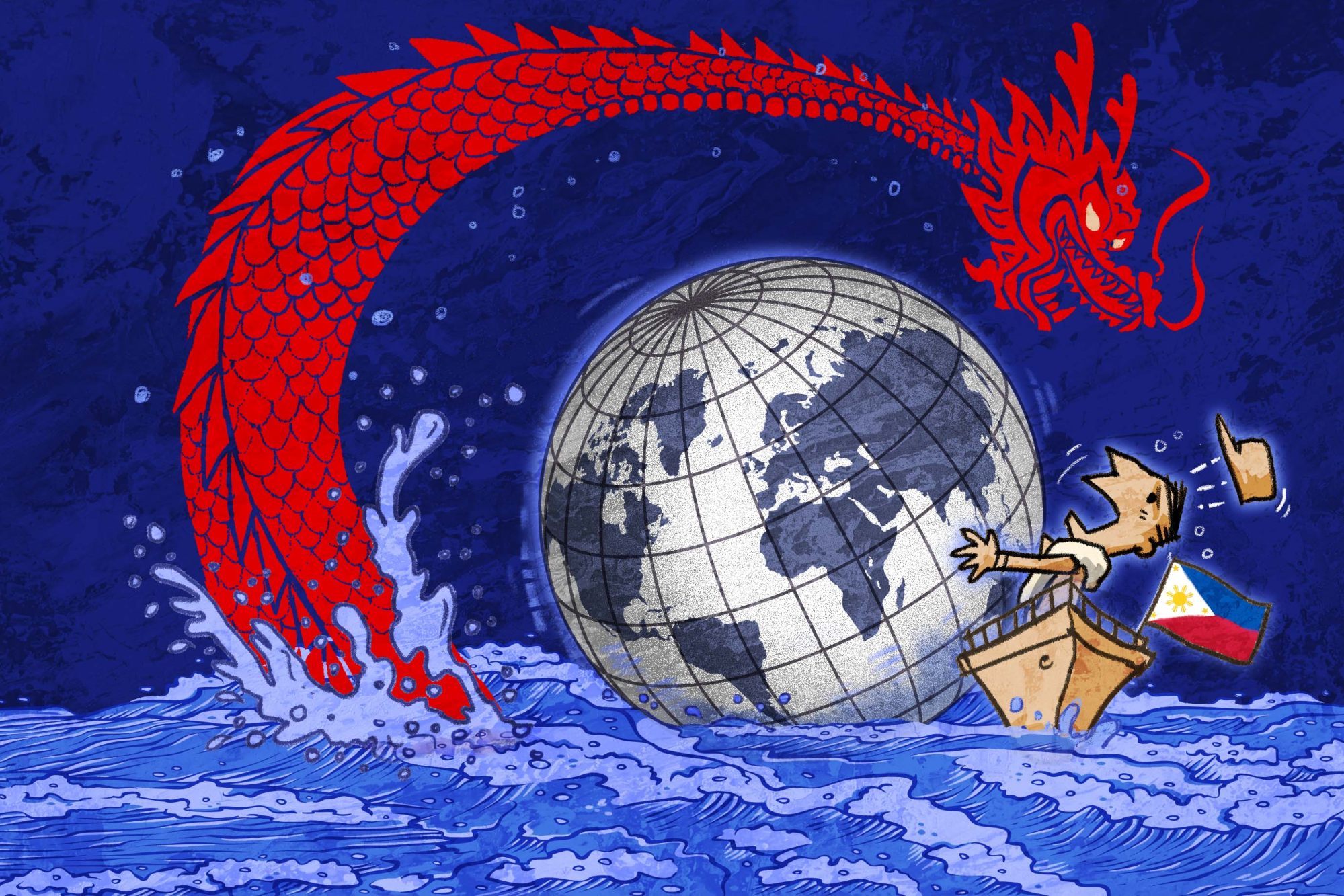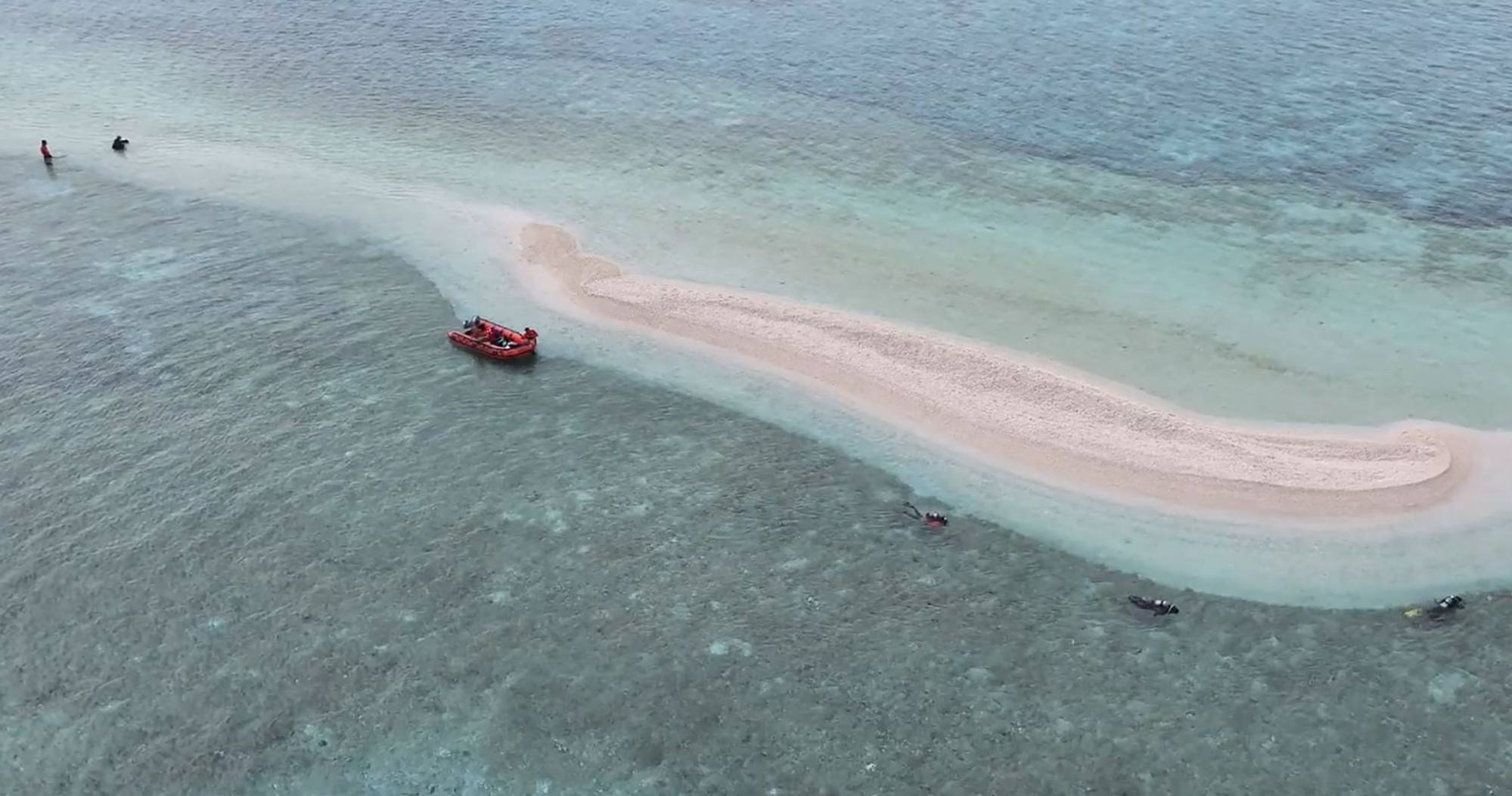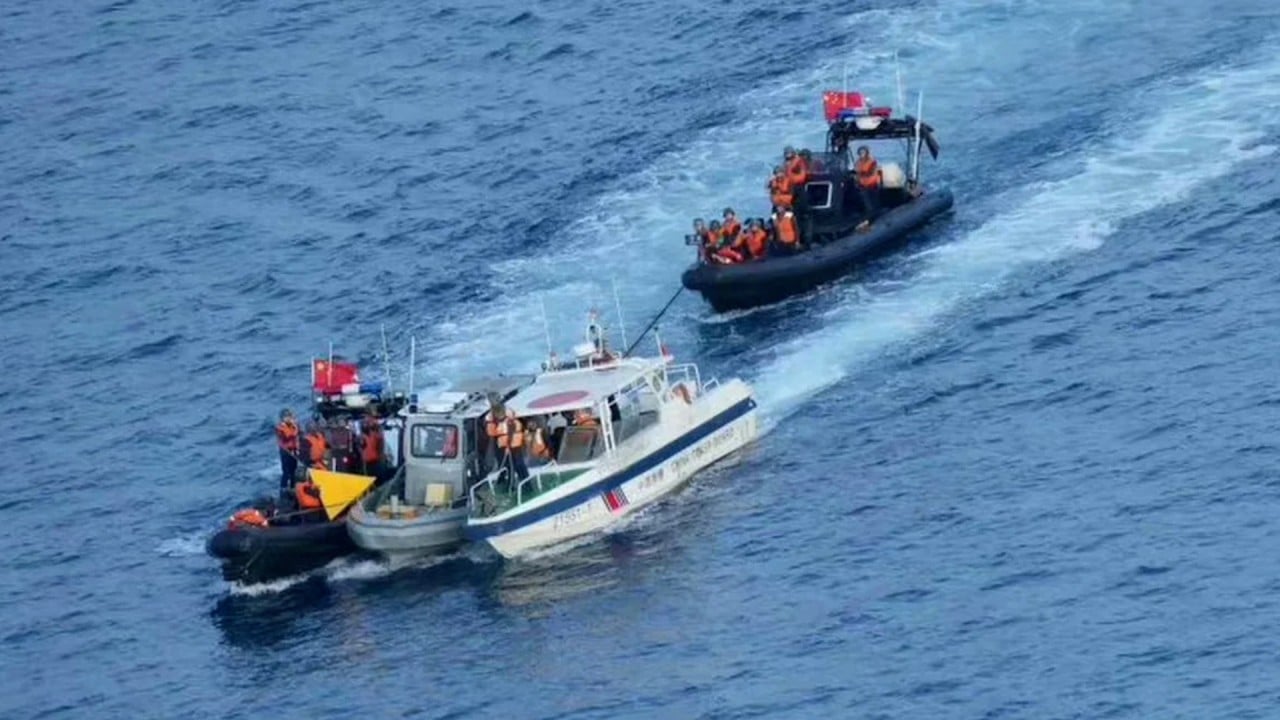South China Sea clash raises stakes even higher as scepticism surrounds Manilla talks

The discussions centred on managing the precarious situation at the Second Thomas Shoal, with both sides pledging to sustain dialogue and consultation to control disputes and differences. Yet, scepticism looms amid the momentum.
Analysts said that it remains to be seen whether the resilience of the bilateral consultative mechanism and the trust between Manila and Beijing – even if eroding – can indeed cool the waters in one of Asia’s most disputed areas.
With tensions simmering and the dialogue channel seemingly constricting, the stakes are higher than ever.
Vessels from Beijing and Manila routinely engaged in naval face-offs, sometimes causing damage to the Philippine ships and injuring its crew.
Sitting at the centre of the confrontations is a crumbling World War Two-era Philippine navy ship, BRP Sierra Madre, which was deliberately grounded on the Second Thomas Shoal in 1999 to advance Manila’s claim in the hotly contested water.
Since then, Manila has deployed a handful of troops on the ship, which largely depends on supplies sent from coastal towns.
But Manila is said to be quietly fortifying the shipwreck to extend its life, constituting a major concern to Beijing.
Beijing refused to recognise the ruling, saying the arbitration was null and void.
In addition to the Second Thomas Shoal, the Chinese coastguard and the Philippine vessels also clashed around Scarborough Shoal in the Spratly Islands, which Beijing seized control of in 2012 after a tense stand-off with Manila and constantly deployed coastguard forces and fishing militia to patrol the waters.
Concerns have been mounting that the tensions in the South China Sea could quickly escalate, potentially triggering a long-standing mutual defence treaty between Manila and Washington.
As China’s most significant geopolitical adversary, the United States has been increasingly vocal about its concerns over China’s expanding military presence in these contested regions.
Besides trading barbs over their frequent collisions at sea, two supposed deals thrust Beijing and Manila into the spotlight.
The other alleged arrangement concerning the Second Thomas Shoal enabled Manila to deliver essential supplies to its forces, though it barred the transport of construction materials intended for reinforcing the stranded vessel.
Marcos and officials from the Duterte administration refuted the existence of such agreements, while a congressional investigation was initiated to examine gentleman’s agreements due to escalating worries about their influence on the nation’s sovereignty and territorial integrity.
Meanwhile, tensions are also brewing in Sabina Shoal, known as Escoda Shoal in the Philippines and located around 75 nautical miles west of Palawan, the westernmost island province of the Philippines. It also sits roughly 30 nautical miles away from Second Thomas Shoal.
On Monday, Chinese foreign ministry spokesperson Lin Jian insisted that the Sabina Shoal is part of China, not Manila’s exclusive economic zone, and the patrolling and law-enforcement behaviours of Beijing’s navy and coastguard vessels there are in line with its domestic and international law.
Since May, Manila has bolstered its coastguard presence in the unoccupied shoal and deployed one of its most advanced coastguard vessels, the BRP Teresa Magbanua, to monitor Beijing’s suspected land-reclamation activities, which Beijing has strongly denied.
60-Second Catch-up
Deep dives

Beijing struggles to keep it bilateral as South China Sea tensions go global
Beijing is deeply concerned about the internationalisation of the South China Sea dispute, according to observers, even as its high-handed approach to asserting its expansive claims to the resource-rich waters spark concern, criticism and even resentment.

Beijing exploiting talks to assert control over South China Sea: analysts

Sabina Shoal the next flashpoint in Manila-Beijing flare-up amid talks?
A top Philippine official has dismissed a Chinese report over its actions in the Sabina Shoal in the disputed South China Sea, insisting Manila has the right to “do anything that we wish” in its exclusive economic zone (EEZ).
Despite ongoing diplomatic efforts by Manila and Beijing to de-escalate growing tensions in the region, analysts warn the Sabina Shoal could be the next flashpoint for conflict between the two countries, given China’s vocal opposition to the Philippines’ increased presence at the disputed maritime feature.

Is Imee Marcos ‘warmongering’ with claims China plans to target Philippine sites?
-
Philippine Senator Imee Marcos claimed, without proof, China was planning to target several sites across her country with hypersonic missile strikes

Philippines’ Duterte called China a ‘close friend’. Now he’s changing his tune
In a Sunday press conference aired by local media, Duterte said that as a Filipino he would insist the West Philippine Sea – Manila’s term for waters in the South China Sea within its exclusive economic zone – belonged to the Filipinos, a stance that appeared to contradict his soft foreign policy towards Beijing when he was in office.

Defiant Filipino fishermen avert South China Sea detention threat – for now
Last Tuesday, the fishermen of Masinloc town in Zambales province spotted Chinese vessels some 30 nautical miles (56km) off the coast.

‘On the brink’: unpacking the dramatic collapse of China-Philippines ties
Fast forward 16 years and those 80 support pillars are now gone, torn down after the ambitious Northrail scheme was abandoned amid allegations of corruption and mismanagement. Yet 200km to the northwest, a new structure is taking shape – one with very different intentions.

Is Philippines considering education to turn the tide of South China Sea row?
Global Impact is a weekly curated newsletter featuring a news topic originating in China with a significant macro impact for our newsreaders around the world.
Source link







